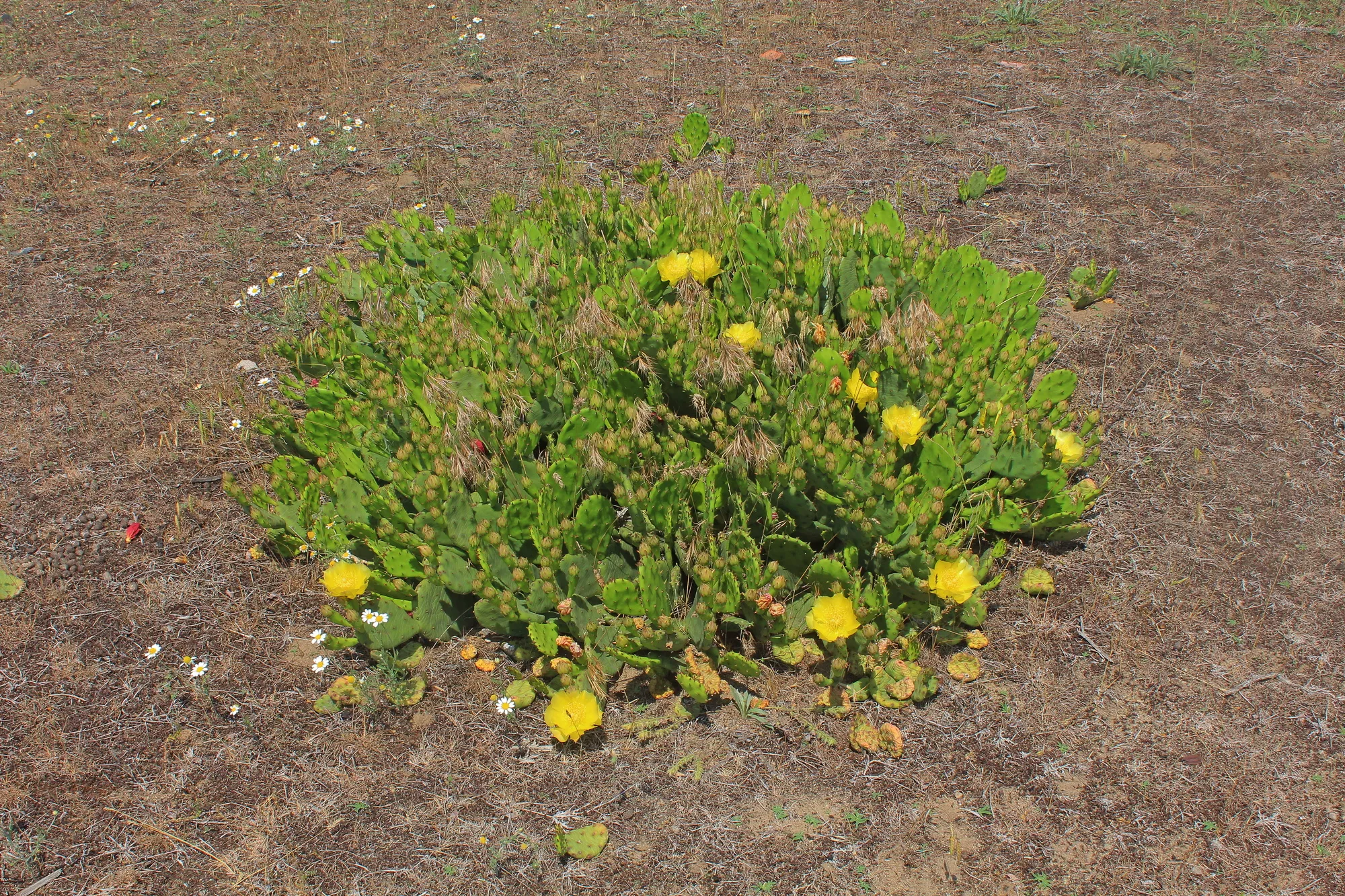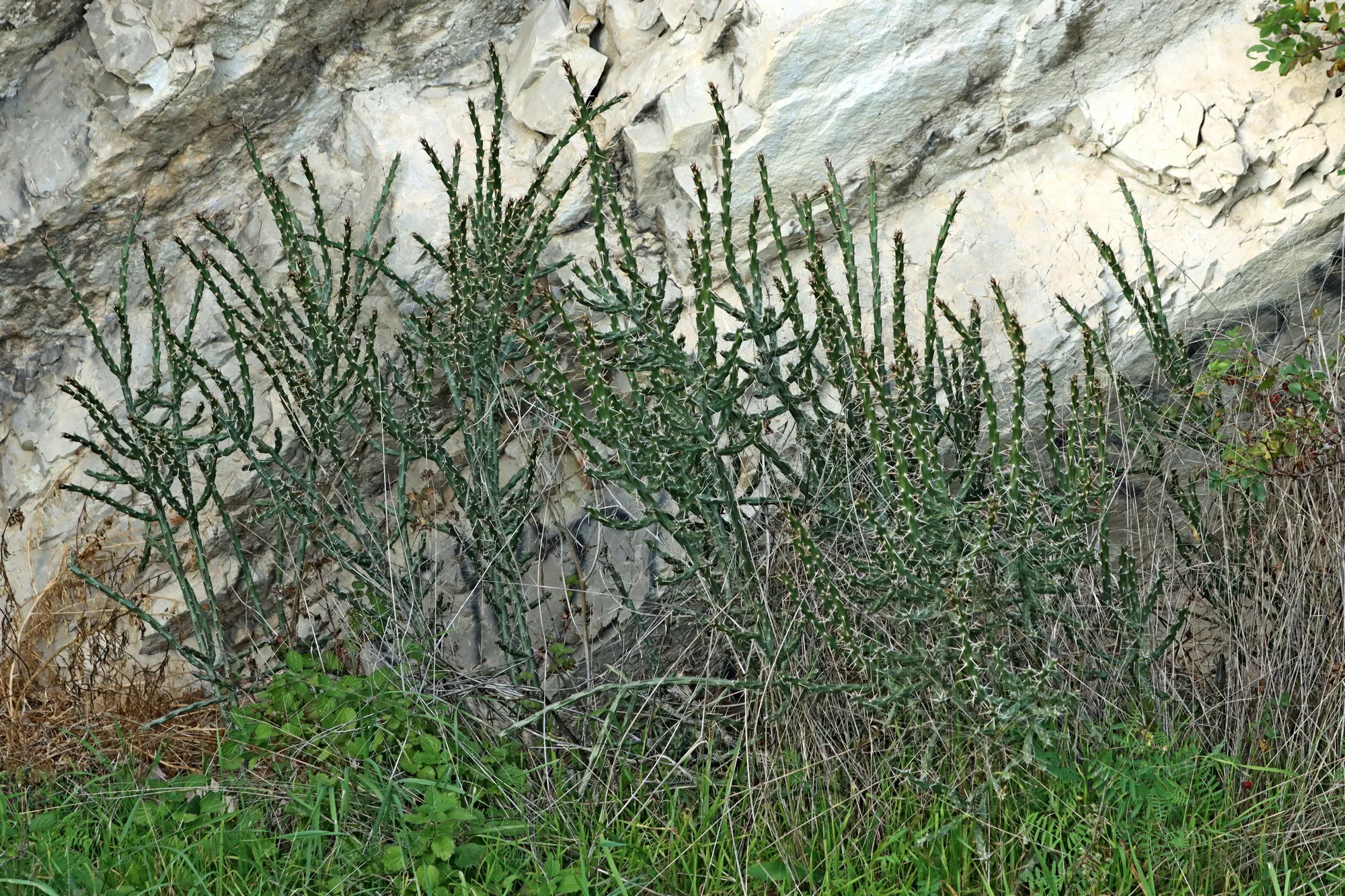According to a major new report by the Intergovernmental Platform on Biodiversity and Ecosystem Services (IPBES), more than 37,000 alien species have been introduced by many human activities to regions and biomes around the world. This conservative estimate is now rising at unprecedented rates. More than 3,500 of these are harmful invasive alien species – seriously threatening nature, nature’s contributions to people, economies, food security, health, and good quality of life. Investigation of these species is therefore given great emphasis in Hungary as well. Led by the HUN-REN Centre for Ecological Research (HUN-REN CER), the recently established Invasion Biology Division as part of the National Laboratory for Health Security aims to provide a unified response to challenges posed by invasive species, spanning distant fields of expertise, uncover the ecological, social, and economic consequences of invasions and develop possible prediction and mitigation methods. Through the collaborative work of 16 research groups, the Invasion Biology Division contributes to understanding the phenomena of invasion biology.
Too often ignored until it is too late, invasive alien species are a significant challenge to people in all regions and in every country. Approved on Saturday in Bonn, Germany, by representatives of the 143 member States of IPBES, the Assessment Report on Invasive Alien Species and their Control finds that alongside dramatic changes to biodiversity and ecosystems, the global economic cost of invasive alien species exceeded $423 billion annually in 2019, with costs having at least quadrupled every decade since 1970.

In 2019, the IPBES Global Assessment Report found that invasive alien species are one of the five most important direct drivers of biodiversity loss – alongside changes in land- and sea-use, direct exploitation of species, climate change and pollution. On the basis of this finding, Governments tasked IPBES to provide the best available evidence and policy options to deal with the challenges of biological invasions. The resulting report was produced by 86 experts from 49 countries, working for more than four and a half years. It draws on more than 13,000 references, including very significant contributions from Indigenous Peoples and local communities, making it the most comprehensive assessment ever carried out of invasive alien species around the world.
While many alien species were historically introduced on purpose for their perceived benefits to people, the IPBES report finds that the negative impacts of those that do become invasive are enormous for nature and people. “Invasive alien species have been a major factor in 60% and the only driver in 16% of global animal and plant extinctions that we have recorded, and at least 218 invasive alien species have been responsible for more than 1,200 local extinctions. In fact, 85% of the impacts of biological invasions on native species are negative,” said Prof. Anibal Pauchard (Chile). Examples of such impacts include the ways that North American beavers (Castor canadensis) and Pacific Oysters (Magallana gigas) change ecosystems by transforming habitats – often with severe consequences for native species.
Nearly 80% of the documented impacts of invasive alien species on nature’s contributions to people are also negative – especially through damage to food supplies – such as the impact of the European shore crab (Carcinus maenas) on commercial shellfish beds in New England and the damage caused by the Caribbean false mussel (Mytilopsis sallei) to locally important fishery resources in India.
Similarly, 85% of documented impacts negatively affect people’s quality of life – for instance through health impacts, including diseases such as malaria, Zika and West Nile Fever, spread by invasive alien mosquito species like Aedes albopictus and Aedes aegyptii. Invasive alien species also damage livelihoods, for example in Lake Victoria where fisheries have declined due to the depletion of tilapia, as a result of the spread of water hyacinth (Pontederia crassipes), which is the world’s most widespread invasive alien species. Lantana (Lantana camara), a flowering shrub, and the black rat (Rattus rattus) are the second and third most widespread globally, with far-reaching impacts on people and nature.

The report shows that 34% of the impacts of biological invasions were reported from the Americas, 31% from Europe and Central Asia, 25% from Asia and the Pacific and about 7% from Africa. Most negative impacts are reported on land (about 75%) – especially in forests, woodlands and cultivated areas – with considerably fewer reported in freshwater (14%) and marine (10%) habitats. Invasive alien species are most damaging on islands, with numbers of alien plants now exceeding the number of native plants on more than 25% of all islands.
“The future threat from invasive alien species is a major concern,” said Prof. Helen Roy (United Kingdom). “37% of the 37,000 alien species known today have been reported since 1970 – largely caused by rising levels of global trade and human travel. Under ‘business-as-usual’ conditions, we project that total numbers of alien species will continue to increase in this way.”
“But business-as-usual is actually unlikely,” continues Roy. “With so many major drivers of change predicted to worsen, it is expected that the increase of invasive alien species and their negative impacts, are likely to be significantly greater. The accelerating global economy, intensified and expanded land- and sea-use change, as well as demographic changes are likely to lead to increases in invasive alien species worldwide. Even without the introduction of new alien species, already established alien species will continue to expand their ranges and spread to new countries and regions. Climate change will make the situation even worse.” The report underscores that interactions between invasive alien species and other drivers of change will be likely to amplify their impacts – for example invasive alien plants can interact with climate change, often resulting in more intense and frequent fires, such as some of the devastating wildfires experienced recently around the world, releasing even more carbon dioxide into the atmosphere.
On a more positive note, the report highlights that future biological invasions, invasive alien species, and their impacts, can be prevented through effective management and more integrated approaches.
Prevention measures – such as border biosecurity and strictly enforced import controls – are identified by the report as having worked in many instances, such as the successes achieved in Australasia in reducing the spread of the brown marmorated stink bug (Halyomorpha halys). Preparedness, early detection and rapid response are shown to be effective at reducing rates of alien species establishment, and to be especially critical for marine and connected water systems. The PlantwisePlus programme, assisting smallholder farmers in Africa, Asia and Latin America is spotlighted by the report as a good example of the importance of general surveillance strategies to detect new alien species.
Eradication has been successful and cost-effective for some invasive alien species, especially when their populations are small and slow-spreading, in isolated ecosystems such as islands. Some examples of this are in French Polynesia where the black rat (Rattus rattus) and rabbit (Oryctolagus cuniculus) have been successfully eradicated. The report indicates that eradication of alien plants is more challenging due to the length of time that seeds may lie dormant in soil. The authors add that successful eradication programmes depend on, amongst other elements, the support and engagement of stakeholders and Indigenous Peoples and local communities.

When eradication is not possible for different reasons, invasive alien species can often be contained and controlled – especially in land-based and closed water systems, as well as in aquaculture – an example being the containment of the invasive alien Asian tunicate (Styela clava) in aqua-cultured blue mussels in Canada. Successful containment can be physical, chemical or biological – although the appropriateness and effectiveness of each option is dependent on local context. The use of biological control for invasive alien plants and invertebrates, such as introducing a rust fungus (Puccinia spegazzinii) to control bitter vine (Mikania micrantha) in the Asia-Pacific region, has been effective – with success in more than 60% of known cases.
“One of the most important messages from the report is that ambitious progress in tackling invasive alien species is achievable,” said Prof. Peter Stoett (Canada). “What is needed is a context-specific integrated approach, across and within countries and the various sectors involved in providing biosecurity, including trade and transportation; human and plant health; economic development and more. This will have far-reaching benefits for nature and people.”
Options explored in the report include considering coherent policies and codes of conduct across sectors and scales; commitment and resourcing; public awareness and engagement, such as citizen science campaigns like those promoting ‘check, clean and dry’; open and interoperable information systems; filling knowledge gaps (the authors identify more than 40 areas where research is needed); as well as inclusive and fair governance.
“The immediate urgency of invasive alien species, with extensive and growing harm to nature and people, makes this report so valuable and timely,” said Dr. Anne Larigauderie, the Executive Secretary of IPBES. “The Governments of the world agreed, in December last year, as part of the new Kunming-Montreal Global Biodiversity Framework, to reduce the introduction and establishment of priority invasive alien species by at least 50% by 2030. This is a vital, but also very ambitious commitment. The IPBES Invasive Alien Species Report provides the evidence, tools and options to help make this commitment more achievable.”
Further information can be found on the IPBES website.
Photos: Dr. András Kelemen